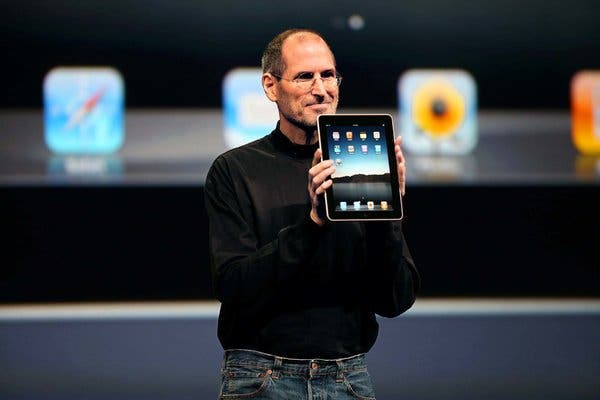
It’s been ten years since the Apple iPad made its debut but the debate on whether it can replace the laptop is still on. But the iPad, like the iPhone was one revolutionary product making the two products “existential threats to Microsoft’s core platform business”. The iPad in particular was considered a milestone in computing, according to former Windows president Steven Sinofsky.
Apple’s launch of the iPad was possibly anticipated the most by Microsoft who had been working on ‘Tablet PCs’ with support for a stylus. This also led to the assumption that Apple would obviously opt for a stylus/pen support.
“Endless rumors of Apple’s tablet *obviously* meant a pen computer based on Mac. Why not? The industry chased this for 20 years. That was our context,” Sinofsky said.
The iPad was also touted as an answer to Microsoft’s Netbooks which was also mentioned at the launch by Steve Jobs. Apple placed the iPad as the third product and something that can do better than the iPhone or iPod. While this would have been assumed to be the Netbook, Steve refuted and said Netbooks are “just cheap laptops”. The iPad was a shocker to Microsoft especially because of the lack of stylus or pen.
1/ Today is the 10th anniversary of the launch of the iPad, the last huge, game-changing product of the Steve Jobs era at @Apple, in which he unveiled entirely new products that shook things up every few years. I was there. I also saw the iPad privately before the launch.

However, the highlight of the Apple iPad was its 10-hour battery life according to Microsoft. Adding to this was the competitive pricing of the iPad.
“iPad had a 3G modem BECAUSE it was built on the iPhone. If you could figure out the device drivers and software for a PC, you’d need a multi-hundred dollar USB modem and a $60/month fee at best. The iPad made this a $29.99 option on AT&T and a slight uptick in purchase price,” Sinofsky explained.
Sinofsky goes on to explain how the iPad did what it was supposed to in a much better way. “In a literally classically defined case of disruption, iPad didn’t do those things but what it did, it did so much better not only did people prefer it but they changed what they did in order to use it. Besides, email was the most used tool and iPad was great for that.”
Microsoft also continued to launch its Windows 7-based Tablet PCs but these products were highly priced and were restricted to a high-end premium segment. Microsoft was yet to reach the mass consumers with its Tablet PCs. Sinofsky also highlights how software was a major problem for Microsoft, something which worked for the iPad and iPhone.
“Knowing the iPhone and now iPad ran an robust OS under the hood, with a totally different “shell”, interface model (touch), and app model (APIs and architecture) had massive implications for being the leading platform provider for computers.”
Microsoft’s attempt of the PC Tablet transition with Windows 8 is said to have been influenced by the iPad. Windows 8 was however a failed attempt by Microsoft with consumers not adapting to the transition. Microsoft continues to build on its Tablet PC platform with its Surface series which run on Windows 10.